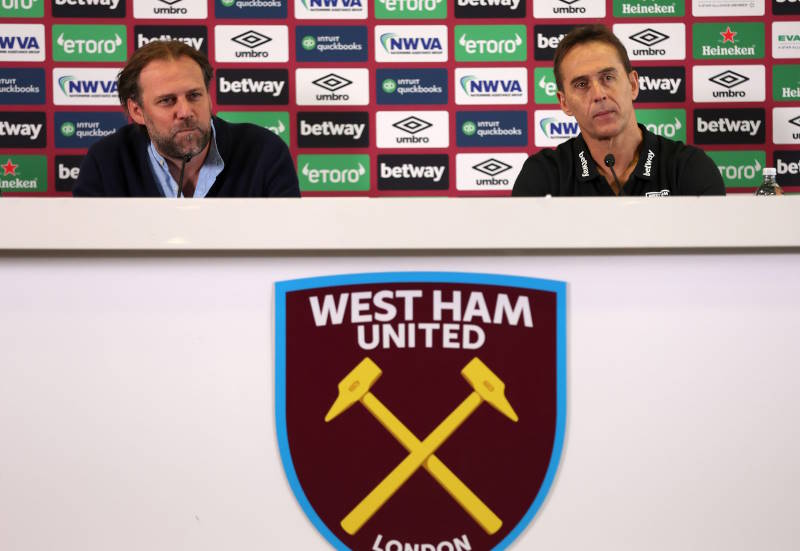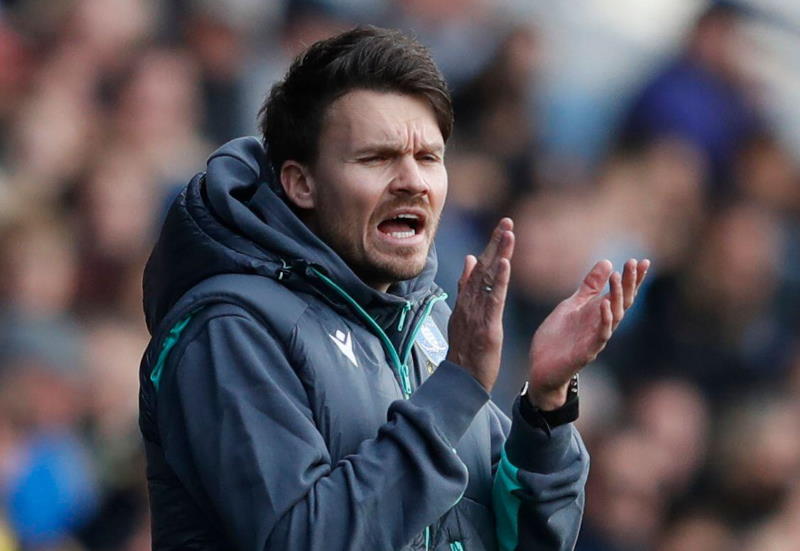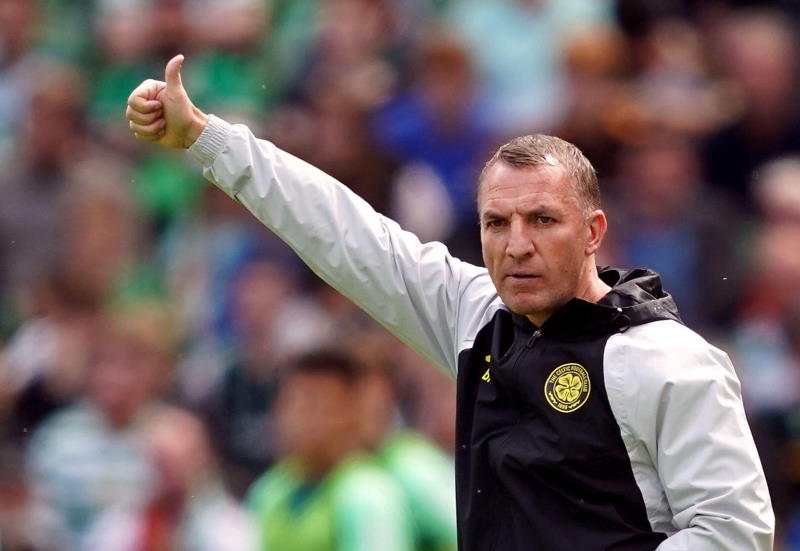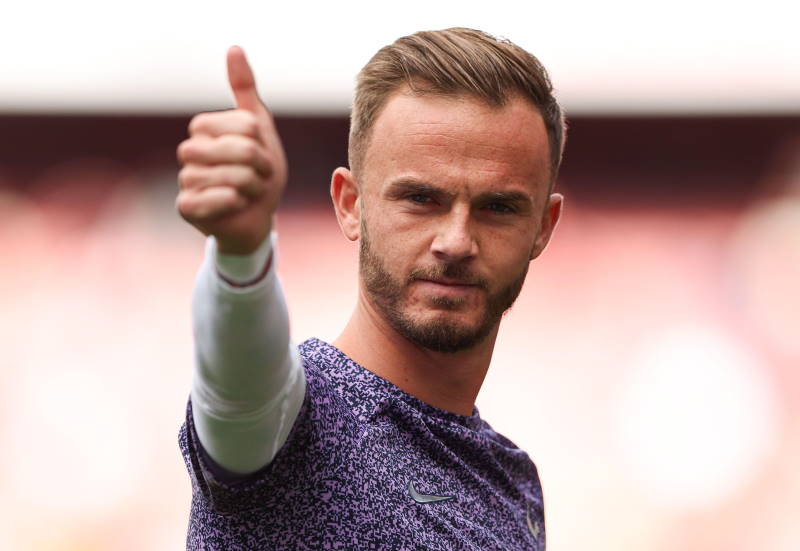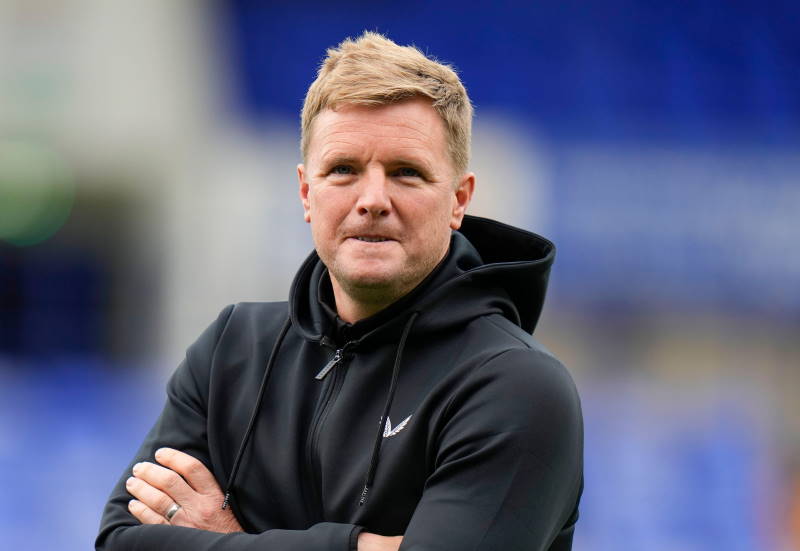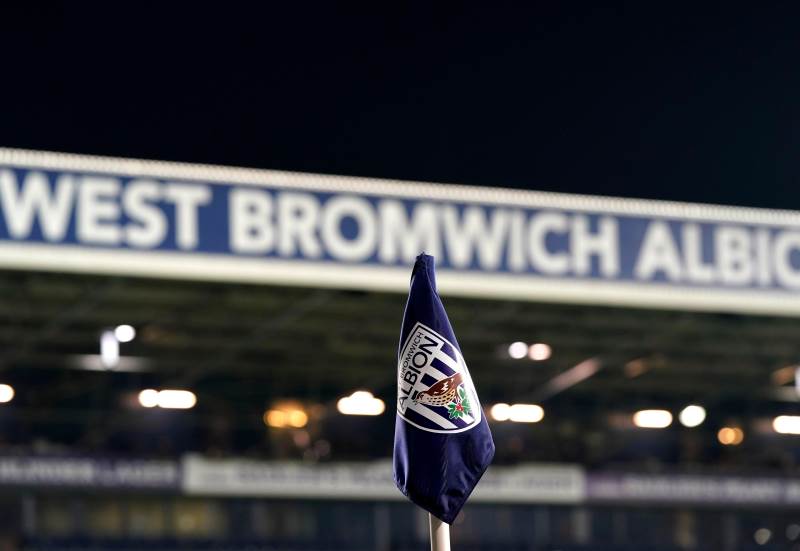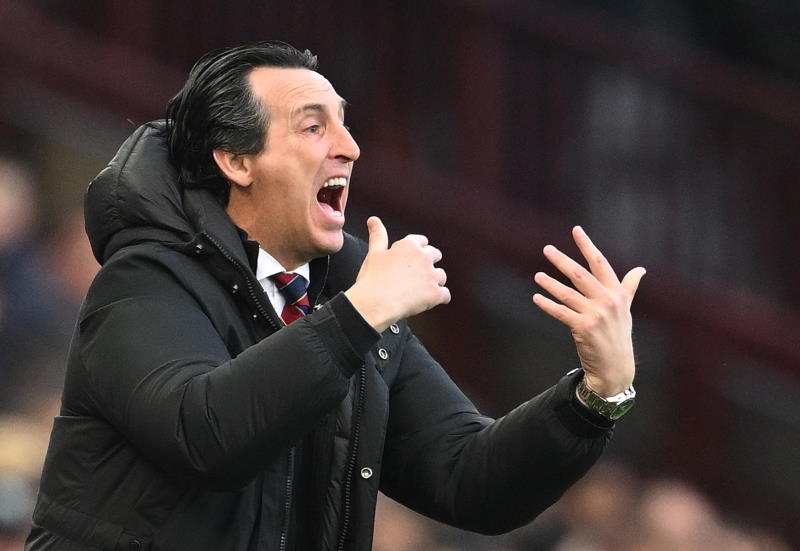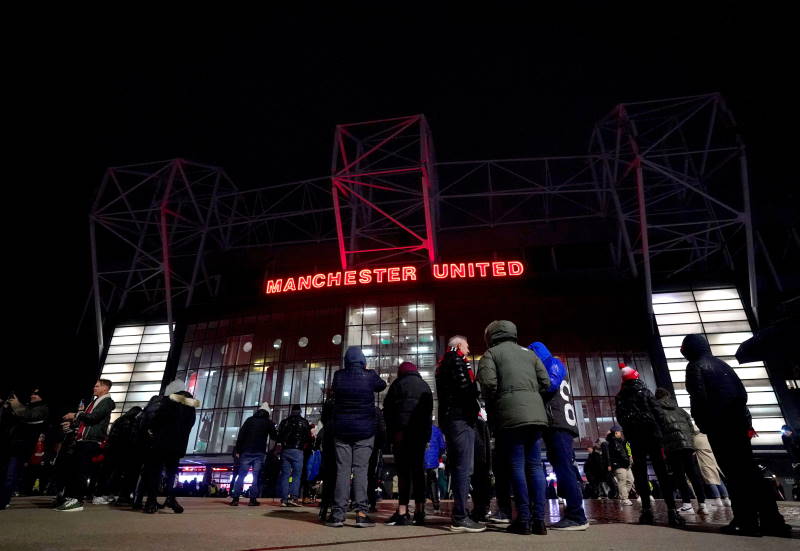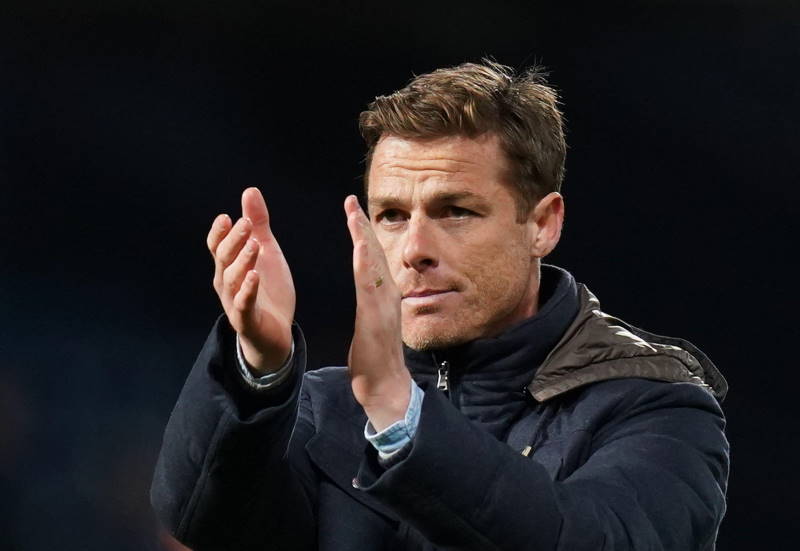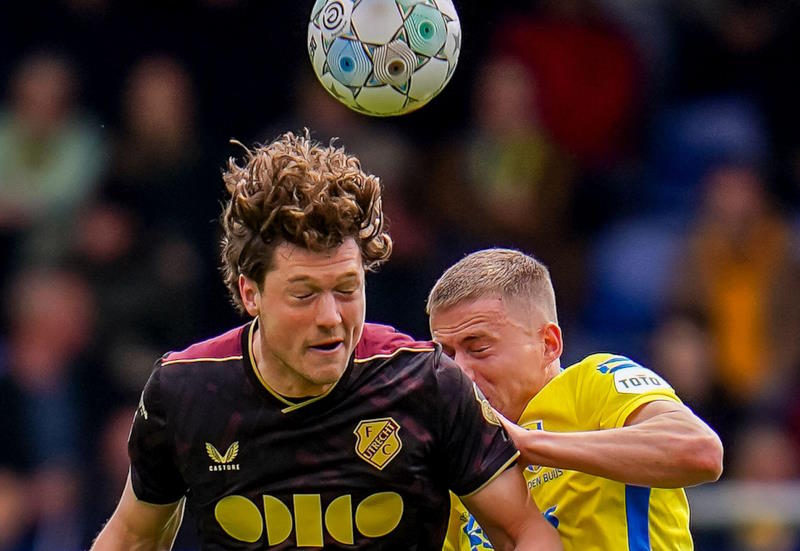
March, what for some is a great spring forward, has lately been a long month for Aston Villa; Martin O’Neill became manager nearly four years ago, and before 2010 had not won a single game in the month, most notably last year, when a complete collapse of form caused a dramatic fall from third – and a spot in the Champions League – down to sixth, the previous season’s place, and turned a potentially great year into one of unfulfilled yet optimistic promise.
That was before this year, though, which has seen a dramatic comeback against Reading to reach the FA Cup semi-finals, a battling win away to Wigan and draws against Stoke and local rivals Wolves to maintain an unbeaten 2010 in the league. It is this solid basis from which many are predicting that, with games in hand and a much easier run-in than their challengers for fourth spot in the Premier League – and with a Wembley visit or two, perhaps even a first FA Cup in 53 years, as a bonus – Villa fans might be about to party like it’s 1899, when claret and blue ribbons were the most common colours on trophy handles.
However, look a bit beneath the surface, and familiar cracks are beginning to emerge that threaten to derail Villa’s push for the hallowed fourth place. Though they remain unbeaten in the league this year, their ten games have yielded seven draws, including disappointing stalemates at home to West Ham, Sunderland and Wolves. Taking points from Arsenal and Manchester United was good, but again it could have been more, as United – already beaten by Villa in the league at Old Trafford – dominated the game despite being down to ten men, a difference in quality underlined by their win in the League Cup final in Wembley, where the outrageous good fortune in not playing nearly the whole game a man down was capitalised on in a win typical of serial winners Villa aspire to be.
The number of draws hasn’t led to Spurs, Liverpool or Manchester City pulling away from Villa in the race to qualify for the Champions League, as they have all dropped daft points along the way, but it does highlight the lack of a cutting edge. This has been hampered by injury to Gabriel Agbonlahor, leading scorer and chief goal threat, which threatens to do what injury to Martin Laursen did last season, and turn possible victories into draws and draws into defeats. Though perhaps not as influential as James Milner or Richard Dunne (both injury concerns after the Sunderland match), Agbonlahor’s pace, ability to stretch the play and improving goal return, as well as a regular supply of assists, has stultified the forward line, with John Carew and Emile Heskey’s joint presence meaning everything is coming from the wings aimed at their heads, thus attacks are slower, more predictable and consequently easier to defend.
O’Neill has other options, such as maybe using the young tyro Nathan Delfouneso instead of Heskey or pushing Milner up to the striking position he used to occupy at Leeds United sometimes, but these are inherently risky, and still would not be as effective as having Agbonlahor forcing defenders to change their whole strategies for defending against Villa’s counter-attacking style.
Aston Villa, under O’Neill, have become known for two ways of scoring, either with pacy counter-attacks or well-drilled set pieces, and missing Agbonlahor will affect both, with less speed in the thrusts forward and less free kicks and corners won on account of his absence. Pace and set-plays are the bête noires of Chelsea, Villa’s struggling next league opponents and semi-final rivals in the cup, so any more injuries to key personnel will not just harm the league effort, but could fatally undermine another strong trophy challenge, and the double cup disappointment, coupled with a fade-out in the Premier League, may be a demoralising denouement that hangs over into next season, as well as affecting transfer prospects.
The hope is that, if Villa do slip up as the season reaches its climax, then everyone else will too. Spurs, having lost Jermain Defoe and being without Aaron Lennon for a considerable period, face the top three and an FA Cup semi-final in the coming month, and so have a slightly harder challenge than Villa; Liverpool, despite Fernando Torres’ return to the team and his huge importance to their attack, are games ahead, points behind and stuck with horribly inconsistent form; and Man City, the most healthy challengers for fourth, have a history of shooting themselves in the foot, creating disasters and generally imploding into acrimonious near misses, such as losing to Hull and drawing at home to Burnley.
But it is not enough to count on the mistakes of others, and if Aston Villa are to move forward and regain their place among the elite of England and then Europe, then they must overcome the growing injuries and wavering form to ensure another bright dawn does not end in disappointment. Marching through March has often been heavy weather for Villa, but to make a giant leap to the next level, they must meet the new season with a spring in their step.
Related Articles:
- – Brief Encounters: Aston Villa’s Jozef Venglos
- – West Midlands Clubs Restoring Regional Pride
- – Nottingham Forest Have New Clough in Davies

